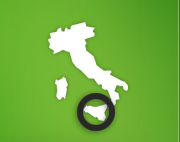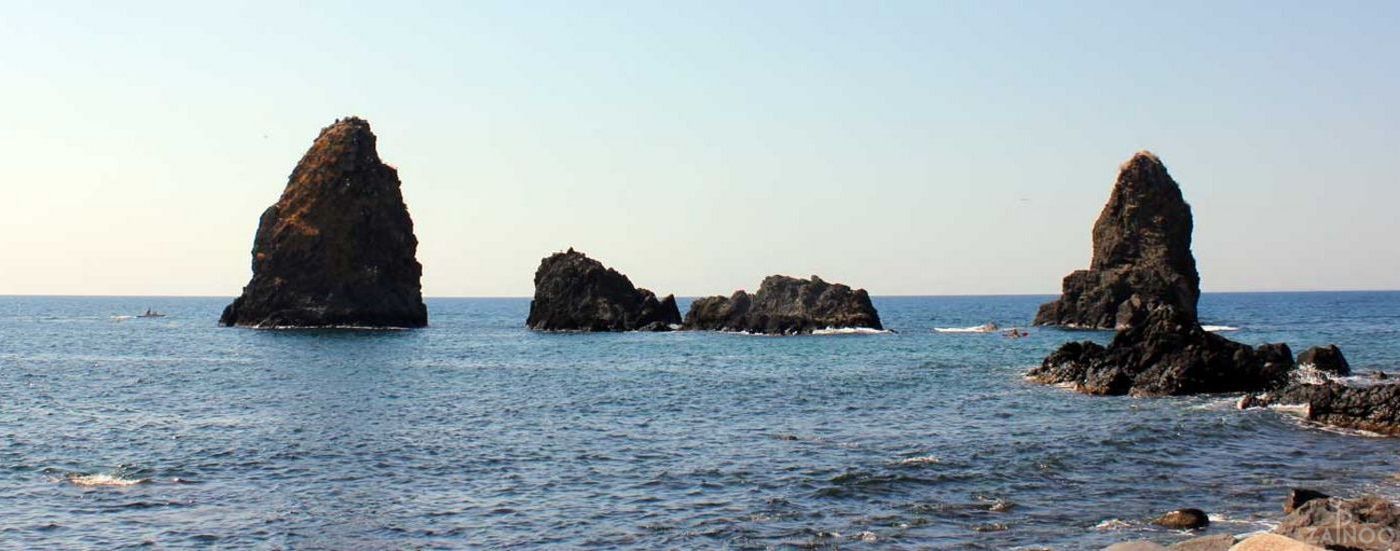Nature and Environment in Sicily
Shelters and environmental sins
The relatively long existence of human settlements and the continued exploitation of the natural resources of the island are the reasons why the flora and fauna of Sicily are by far not as diverse as they were a few thousand years ago. Next to man, one of the biggest polluters responsible for many bad losses in recent centuries is Etna which strains the environment by producing 25 million tons of CO2 every year. However, environmental protection is slowly catching on in Sicily and gives hope of recovery.
Flora & Fauna in Sicily
Sicily is the largest island in the Mediterranean Sea with beautiful beaches and scenic and interesting regions. Originally, the island was largely covered with forests, but they have continuously been cut down since ancient times for shipbuilding and for the production of cultivated land. Even the vegetation has been largely removed and the native flora replaced by crops. Today, mainly in the irrigated coastal regions and around Etna numerous orchards and vineyards can be found. Olive trees and carob trees grow in the interior of the island and durum wheat on the cultivated barren fields between the rocks.
Less diverse is the fauna of Sicily. Except for a few species, farm animals have long replaced the wildlife and only occasionally can you see wild cats, foxes and hares. Despite the lack of native wildlife species, Sicily is an important transit and wintering land for many bird species. Many of the important habitats for these birds are now strictly protected. In the sea you can find some threatened species such as seals and turtles. Despite thousands of years of fishing the fish population in Sicily is rich and still intact.
Environmental sins and nature protection
Environmental sins are not a phenomenon of modern times in Sicily. Phoenicians, Greeks and Romans deforested large areas of the island. In the 19th Century, a complete clear-cutting took place and now only bare hills and mountains dominate the landscape. Another problem is illegal construction, which is firmly in the hands of the mafia and leads to housing construction on mountain slopes and in protected coastal areas. Obsolete industry pollutes the air and water with toxic gases and sewage. Even in Sicily, people are increasingly aware of their responsibility for environmental protection. So today, almost 9% of Sicilian territory is a nature reserve and organic agriculture and sources of renewable energy can already commonly be found in Sicily.


Tweet